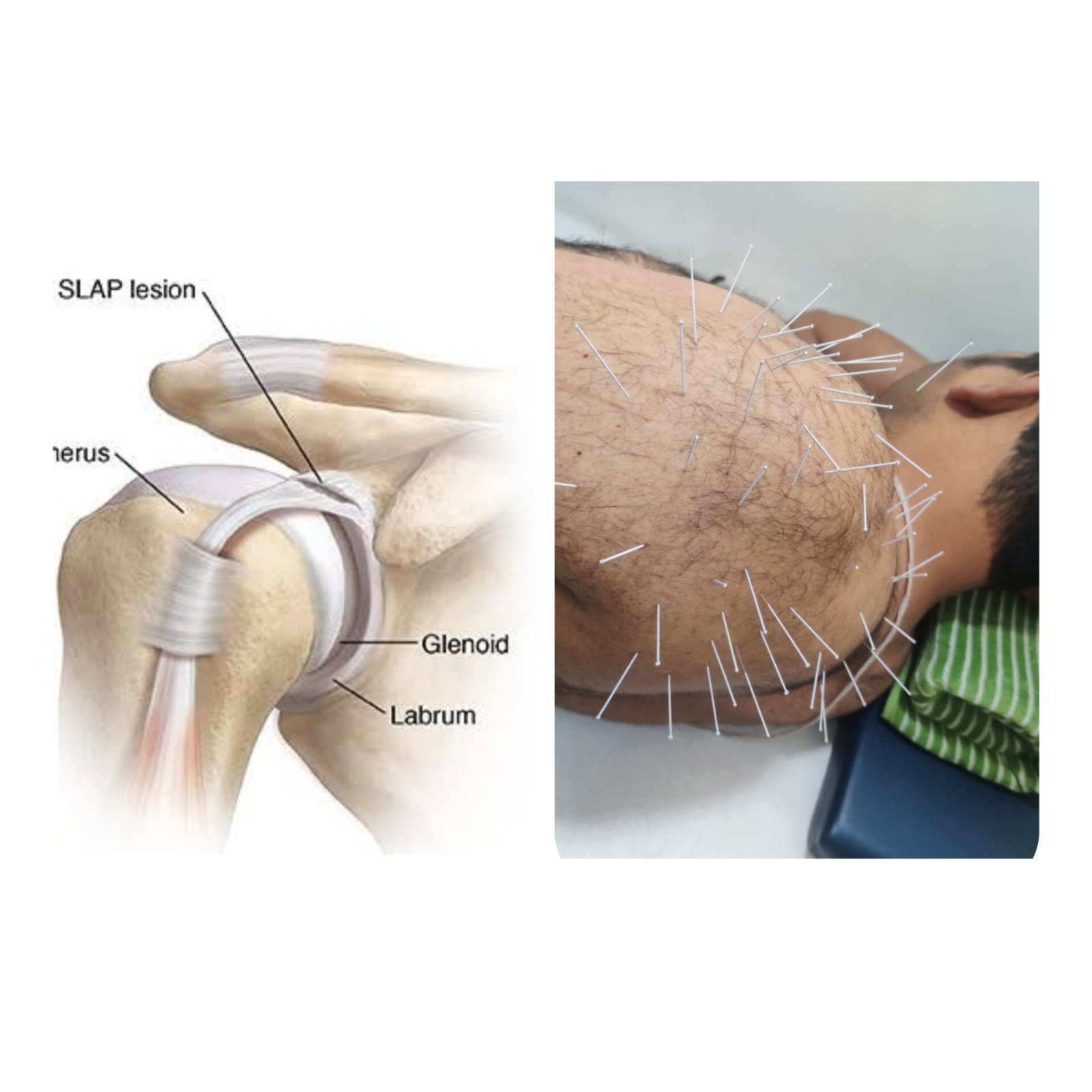+918048128529

This is your website preview.
Currently it only shows your basic business info. Start adding relevant business details such as description, images and products or services to gain your customers attention by using Boost 360 android app / iOS App / web portal.
SLAP Tear: Understanding Your Shoulder Pain and...

SLAP Tear: Understanding Your Shoulder Pain and a Non-Surgical Treatment Option What is a SLAP Tear? A SLAP tear (Superior Labrum Anterior to Posterior tear) is an injury to the cartilage in your shoulder joint. The labrum is a ring of soft tissue that cushions and stabilizes the joint, allowing smooth movement of your arm. A SLAP tear occurs when this cartilage gets damaged, leading to pain and discomfort. Common Causes of a SLAP Tear • Repetitive overhead activities (e.g., throwing sports, swimming, weightlifting) • Falling on an outstretched arm • Sudden heavy lifting • Aging and wear-and-tear over time Symptoms of a SLAP Tear • Deep shoulder pain, especially when lifting or reaching overhead • Clicking, popping, or catching sensations in the shoulder • Weakness or instability in the arm • Difficulty performing daily activities, such as reaching behind your back Diagnosis A doctor may diagnose a SLAP tear using: • Physical examination: Testing shoulder movement and pain triggers • Imaging: An MRI with contrast dye can confirm the tear Treatment Options: Do You Need Surgery? Not all SLAP tears require surgery. Many cases can be managed with conservative treatments, such as rest, physical therapy, and pain management techniques. One emerging non-surgical approach is ultrasound-guided dry needling. Ultrasound-Guided Dry Needling: A Non-Surgical Alternative Dry needling is a technique where thin, sterile needles are inserted into trigger points in muscles to relieve pain and improve function. When performed under ultrasound guidance, this method precisely targets deep shoulder structures, promoting healing and reducing inflammation. How It Helps with a SLAP Tear • Reduces pain by calming irritated nerves and muscles • Improves shoulder mobility by releasing tight or overworked muscles • Enhances blood flow to the affected area, speeding up recovery • Avoids medications and surgery, making it a safe alternative What to Expect During Treatment 1. Evaluation: Your doctor will assess your symptoms and use ultrasound imaging to locate the problem areas. 2. Needling Procedure: A thin needle is inserted into the affected shoulder muscles and labral region under ultrasound guidance. 3. Post-Treatment Care: Mild soreness is normal, but most patients feel relief within a few sessions. Stretching and strengthening exercises may be recommended. When to Consider Dry Needling for SLAP Tear • If your pain is persistent but not severe enough for surgery • If physical therapy alone hasn’t provided relief • If you prefer a non-invasive treatment with fewer side effects Conclusion A SLAP tear can be painful and limit your daily activities, but surgery isn’t always the only solution. Ultrasound-guided dry needling offers a precise, minimally invasive way to relieve pain and improve shoulder function. If you’re struggling with shoulder discomfort, talk to a pain specialist to see if this treatment is right for you.

